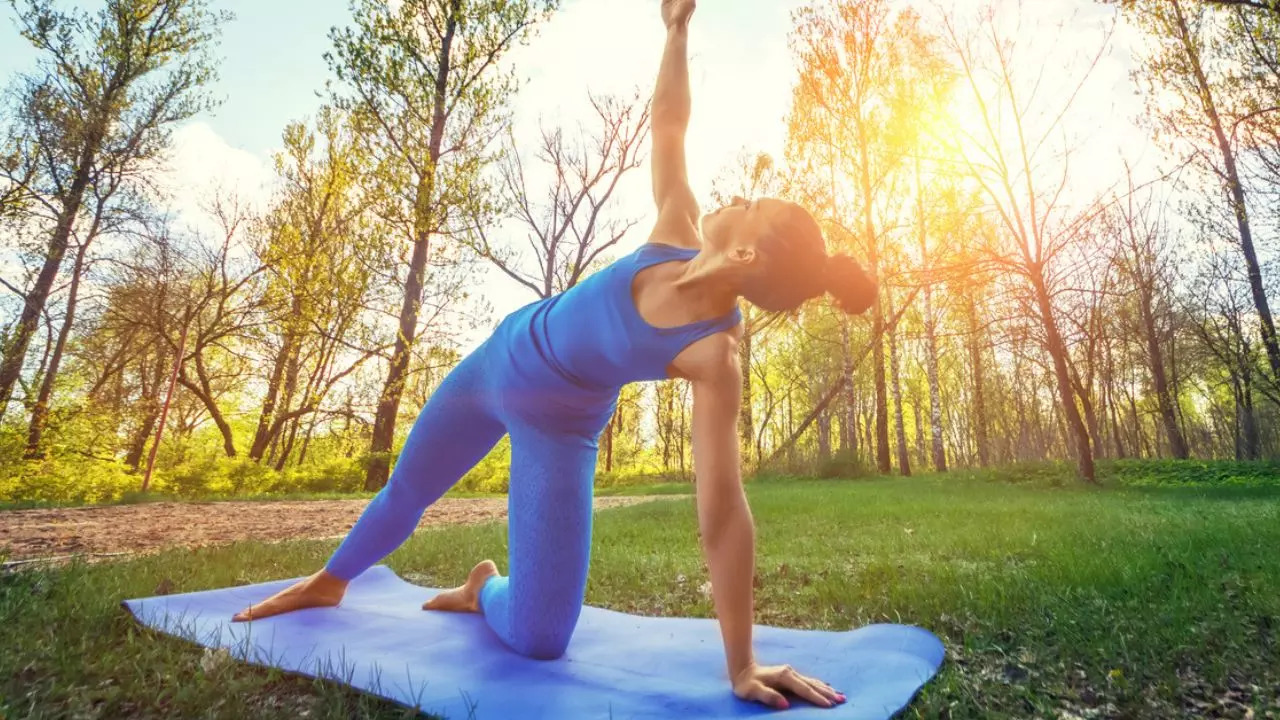A new study reveals a three-minute fitness test to predict how long you will live – find out more here. (Image: iStock)
New research published in the Scandinavian Journal of Medicine & Science took data from more than 3,100 people and found a link between flexibility and longevity. It offered evidence that this ability could be a predictor of how long one lives. While we know the link between fitness and longevity well, it is still unknown whether there is a connection between a particular aspect of fitness, such as flexibility, and mortality.
As part of the study3,100 healthy middle-aged adults used an instrument known as the “Flexinder,” which assesses body flexibility through a series of 20 movements. It found that men and women with low scores on the test had a higher risk of dying, in some cases five times higher than those who were more flexible.
Dr Caludio Gil D. Araújo, a sports physician and author of the study, told the media: “Being aerobically fit and strong and having good balance have previously been associated with low mortality. We were able to show that lower body flexibility is also linked to lower survival in middle-aged men and women.”
Dr. Araújo developed the test more than 40 years ago. It measures the range of motion in seven sets of joints: ankle, knee, hip, torso, wrist, elbow and shoulder. Women were found to be 35 percent more flexible than men.
In their findings, the researchers concluded: “To our knowledge, this is the first cohort study to show that a reduced level of body flexibility… is associated with increased mortality in a large cohort of middle-aged men and women.”
Some of the movements in the test included:
- Dorsiflexion of the ankle:Move your foot so that your toes come closer to your knee.
- Ankle plantar flexion:Move the foot down away from the body.
- Knee flexion:Bend the knee.
- Knee extension:Straighten the knee joint by lowering the leg from a bent position.
- Posterior adduction of the shoulder to 180 degrees of abduction:The movement of the upper limb towards the midline of the body.
- Shoulder extension and posterior adduction: Movement of the upper limb towards the midline of the body.
- Posterior shoulder extension: Movement of the upper limb backwards.
Disclaimer:
The information contained in this post is for general information purposes only. We make no representations or warranties of any kind, express or implied, about the completeness, accuracy, reliability, suitability or availability with respect to the website or the information, products, services, or related graphics contained on the post for any purpose.
We respect the intellectual property rights of content creators. If you are the owner of any material featured on our website and have concerns about its use, please contact us. We are committed to addressing any copyright issues promptly and will remove any material within 2 days of receiving a request from the rightful owner.

